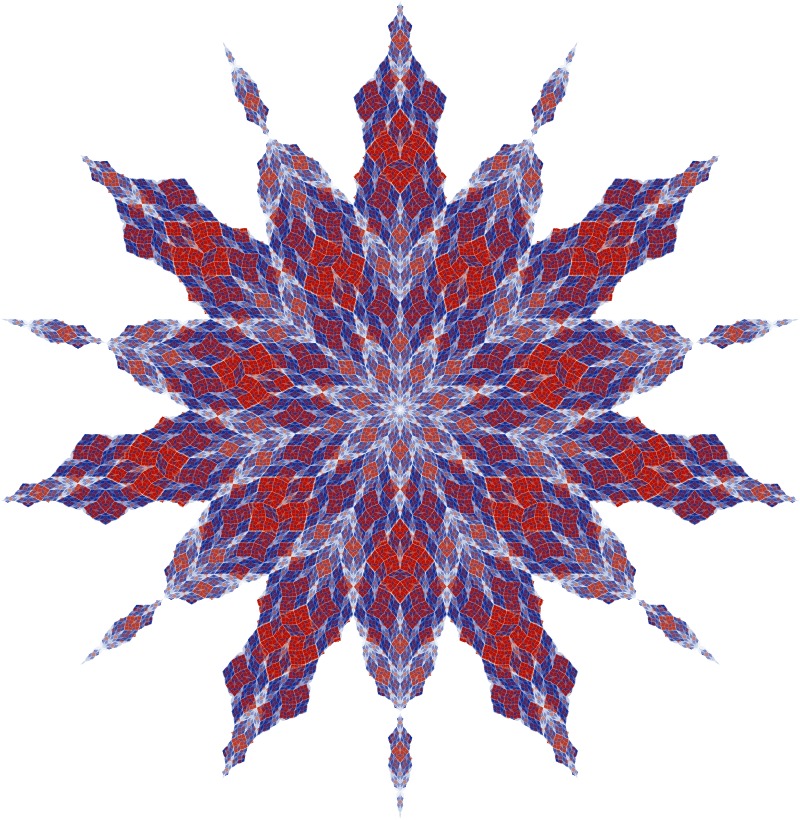We should take a moment to explain why,
1) If N is not prime, then 2N − 1 is not prime either:
If N = a b then
(2a − 1) × ( 20a + 1a +2a + …+(b-1)a )
= 2a b − 1 = 2N − 1
2) if P=2p − 1 is prime, then Q = 2p−1P is perfect:
A number is perfect if it is the sum of all of its proper divisors. The divisors of Q are
1, 2, 22, …, 2p−1 and P, 2P, 22P, …, 2p−1P = Q
Q is perfect if all of these divisors sum to 2Q (Since we’re summing in Q itself, as well as all of the proper divisors of Q)
But this sum is
(1+2+…+2p−1)+ (1+2+…+2p−1)P
= (1+2+…+2p−1)(P+1)
=(2p-1)(2p)
= (P) (2 × 2p−1) = 2Q
3) Now this is a little harder, but not too bad if you follow closely: If an even number N is perfect, then it is of this form!
So, let N be an even perfect number; in particular, then, N = 2n X for some n≥1 and odd number X.
The divisors of N are all the numbers 2i x where 0 ≤ i ≤ n and x is a divisor of X .
If we let S be the sum of the divisors of X, then the sum of all of the divisors of N is thus
(2n+1 − 1) S = 2N
(recalling that N is perfect!)
So
(2n+1 − 1) S = 2n+1 X
Since (2n+1 − 1) is odd, we must have that 2n+1 divides into S , and so for some q ,
S = 2n+1 q
and
(2n+1 − 1) 2n+1 q = 2n+1 X
Canceling from both sides we now have
X = (2n+1 − 1) q
In particular, X is a proper multiple of q . Now add q to both sides of this last equation; we obtain
X + q = 2n+1 q = S
Think about this: S is the sum of all of the divisors of X. If q ≠ 1, then there are at least three divisors of X, namely 1, q and X itself. But then we have a contradiction, since S would then be greater than X + q.
So: q = 1 and X = 2n+1 − 1
and our original N is of the correct form!
4) BUT no one knows if there is an odd perfect number, or even if there are infinitely many even perfect numbers!


 mathbun.com
mathbun.com